
1. Introduction
RISC OS was born in 1987, originally developed by Acorn Computers in Cambridge, England. This system is primarily designed for the ARM platform, and its name comes from the supported Reduced Instruction Set Computing (RISC) architecture. RISC OS is neither Linux nor based on Windows, but rather a desktop system with a unique architecture. It is known for being fast, compact, and efficient, making it suitable for single-board computers like Raspberry Pi and BeagleBone.
From its inception until 2018, RISC OS was a commercially closed-source operating system. After 2018, it was fully open-sourced on GitLab, allowing more developers to use and maintain it. Thus, this is a company-maintained open-source operating system, ensuring its reliability and stability.
Related information can be found on the official website.
https://www.riscosopen.org/content/
2. Historical Background
Tracing back to the history of RISC OS, we go back to 1970 when British entrepreneur Clive Sinclair and Chris Curry founded the Cambridge Scientific Company (later renamed Sinclair Research) to sell electronic products.
In the early days, the company produced computer accessories, but Curry wanted to develop a complete computer but couldn’t convince Sinclair. As a result, Curry left Sinclair Research and founded a new company with Hermann Hauser called Acorn Computer (which was listed before Apple Computer in the phone book).
Over the next decade, Sinclair and Acorn competed for the growing UK PC market. In the early 1980s, Acorn began a project to create a new computer system based on RISC technology. They recognized the popularity of the IBM PC in enterprises and aimed to capture some of that market. Meanwhile, Acorn’s engineers were developing an operating system for the new series of computers. RISC OS was first launched in 1987 as Arthur 1.20 on the new Acorn Archimedes.
Acorn suffered financial losses in the late 80s and 90s. In 1999, the company was renamed Element 14 and shifted its focus to chip design. The development of RISC OS was halted at version 3.60. In the following years, the ownership of the RISC OS license changed hands repeatedly among companies, leading to significant confusion over its ownership. RISC OS Developments Ltd attempted to resolve this issue by purchasing the license from Castle Technology Ltd., the latest owner.
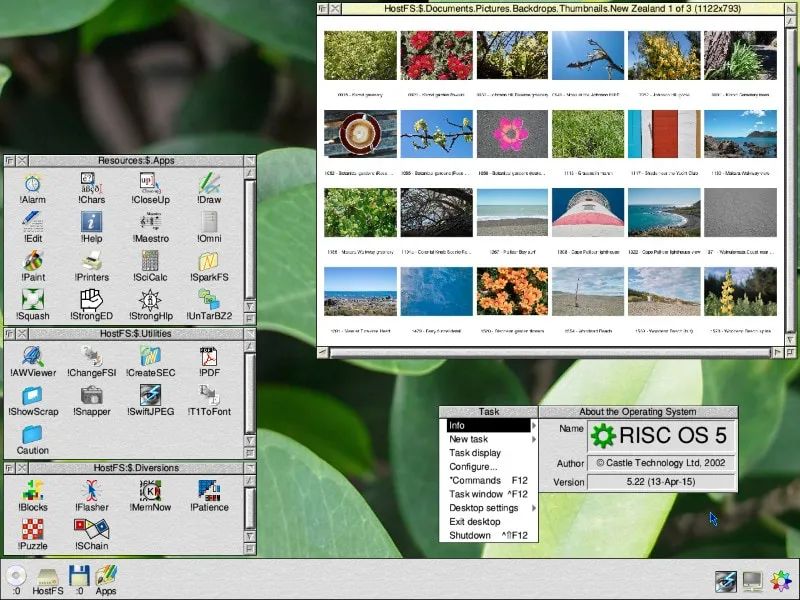
3. Operational Model of RISC OS
For an open-source operating system’s business model, RISC OS has two main organizations: RISC OS Open Limited and RISC OS Developments Ltd.
RISC OS Open Limited’s website is https://www.riscosopen.org/content/, which primarily manages the project’s source code and provides technical support services to those interested in commercially developing projects around RISC OS.
RISC OS Developments Ltd‘s website is https://www.riscosdev.com/, which owns the operating system and is responsible for its commercial aspects and investments.
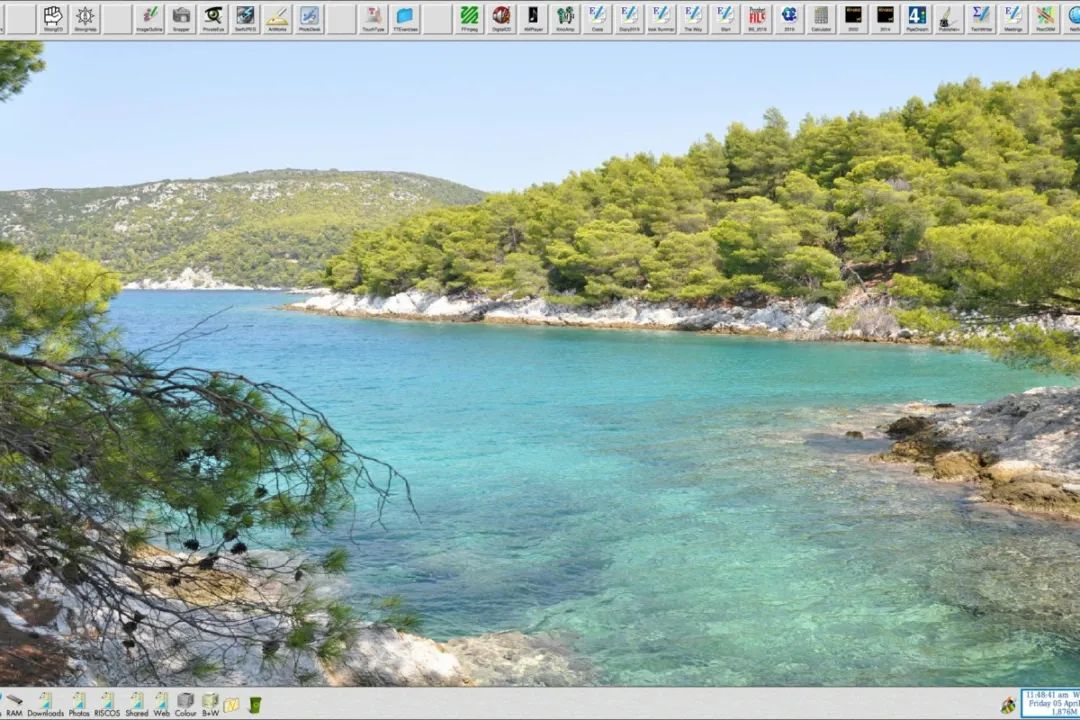
4. Advantages of RISC OS
As a non-Linux and non-Windows operating system, RISC OS is a unique and significant operating system in the history of computer operating systems. Although RISC OS has a small market share compared to later systems from Apple, IBM, Microsoft, and Linux, its contributions cannot be overlooked.
Additionally, RISC OS is tailored for ARM architecture, while other operating systems do not specifically optimize for ARM platforms. This specificity allows it to harness the best performance of ARM. It also has low resource requirements, capable of running on a small 16MB SD card. The system continues to support the world-renowned BBC BASIC programming language and also supports C programming.
RISC OS currently supports numerous ARM platforms, including Raspberry Pi, Texas Instruments (TI), Intel, Broadcom, Freescale, and NXP. Supported applications can range from smart home solutions to industrial automation, medical applications, and databases.
RISC OS boots up very quickly, making it ideal for single-board computers, with the system entering the full graphical interface in just a few seconds.
RISC OS also supports many renowned software developed by leading companies, such as the Sibelius music processing family and Xara graphic products. It has also contributed to the graphics and production of many TV shows, including well-known names like “Who Wants to be a Millionaire”, “The National Lottery”, and “A Question of Sport”, as well as many other iconic BBC productions.
5. Installation and Experience of RISC OS on Raspberry Pi 4
As a specialized system for ARM and with good support for Raspberry Pi, we will conduct some performance experiences.
First, download Raspberry Pi Imager.
https://www.raspberrypi.org/software/
Select the corresponding system platform.
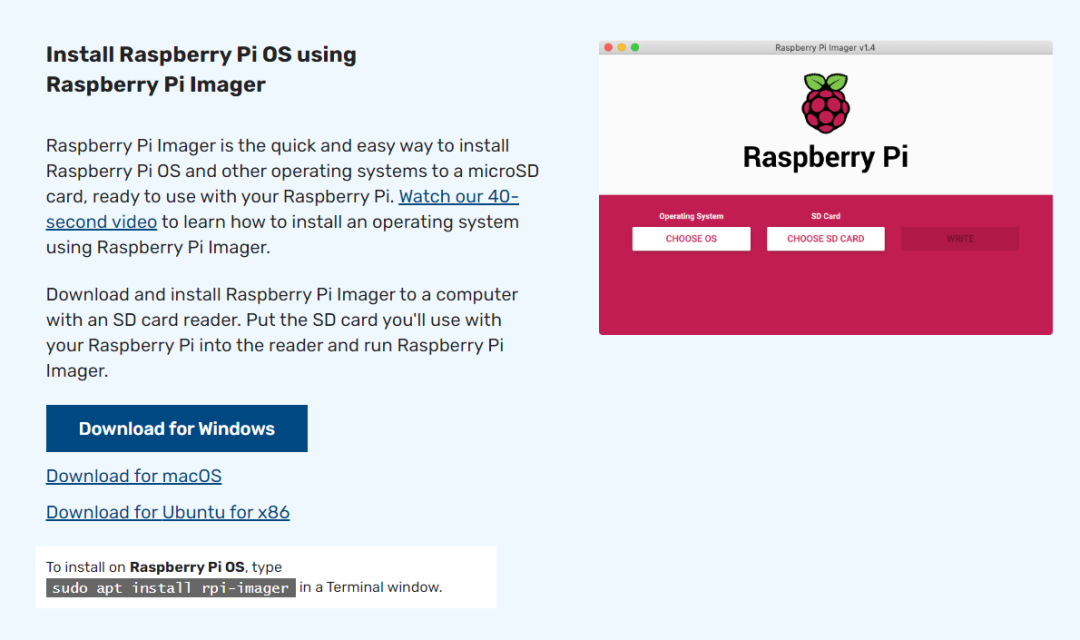
Next, insert the SD card and choose the system image.
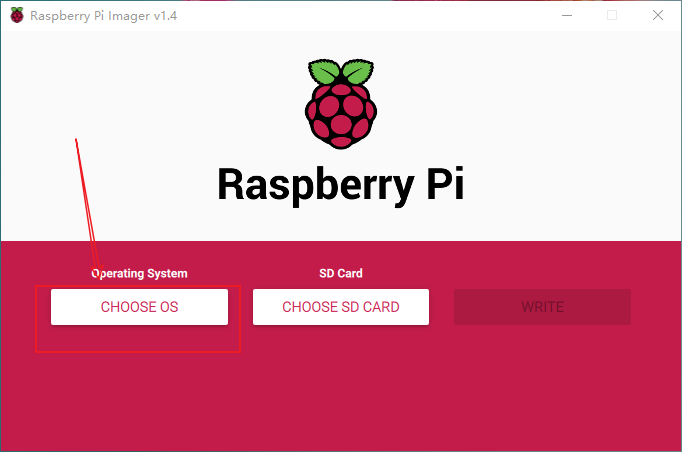
First, select the OS.
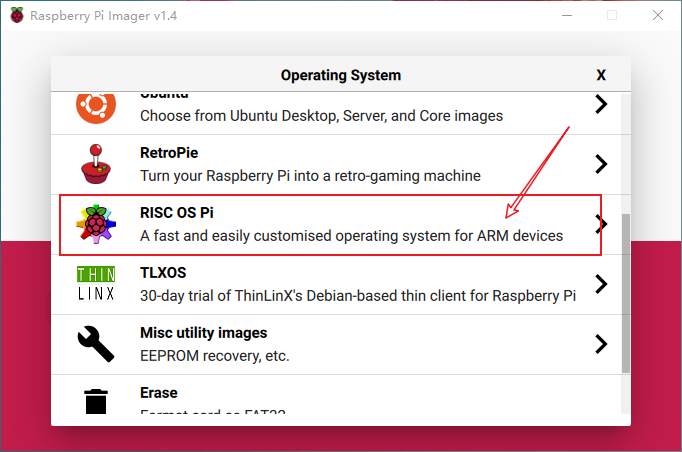
Select the corresponding system.
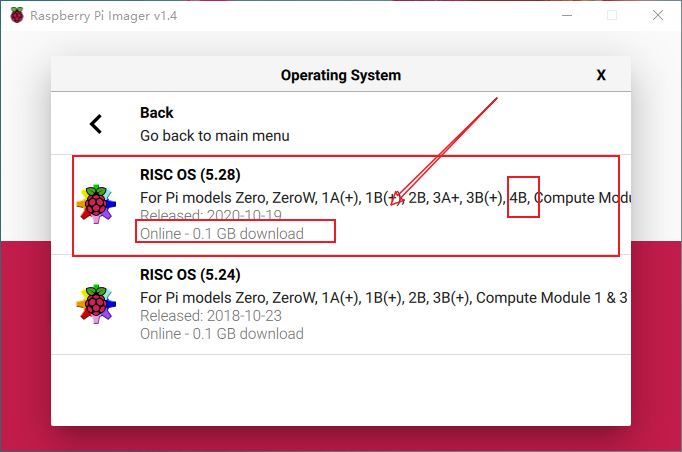
The system size is about 100MB, which is relatively small compared to Linux.
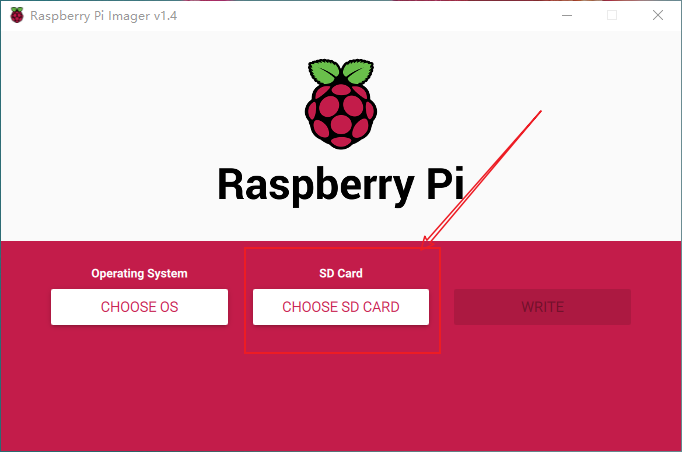
Finally, click to burn the image.
6. Performance Demonstration
Running on the actual development board shows better performance.
The following video is sourced from Embedded IoT
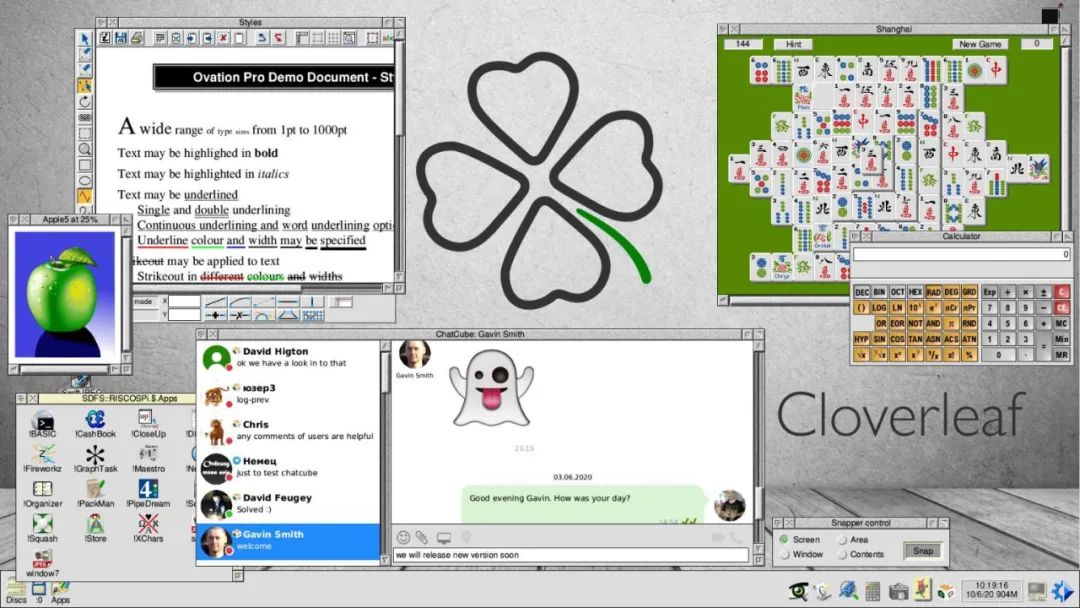
7. Thoughts on Operating Systems
For current desktop operating systems, Windows, Linux, and macOS each have their unique features and occupy significant market shares. RISC OS may not be stunning; although it appears unremarkable, it can still carve out a niche in the era of single-board computers. Computer operating systems have evolved for nearly 60 years, and many have disappeared in the annals of history, which is not without significance, as they laid a solid foundation for the prosperity of today’s operating systems. Perhaps more operating systems will emerge in the future, accompanied by a robust software ecosystem and practical production and entertainment software.
In my view, while the topic of domestic operating systems has been repeatedly raised and presents a flourishing trend, many software companies seek to ride the wave. However, developing the underlying technology of an operating system is not merely a technical hurdle; the real challenge lies in the ecosystem and applications built on the operating system, as well as the chip technologies closely related to it. No operating system has absolute advantages, whether Linux, Windows, or macOS; in design, they cannot achieve a one-size-fits-all solution. Perhaps the next generation of cloud desktop computers or quantum computers will emerge, and the current operating systems available in the market will be completely overturned and vanish into history.

1.From the Embedded Perspective: Analyzing the Impact of “Explainability” on AI!
2.[MCU] Registers, Standard Libraries, HAL Libraries, LL Libraries, So Many Libraries! How Should I Choose?
3. How Many Steps Are Involved in Developing Embedded Projects with Linux?
4. How Does a Program Know Its Own Size? Is This a Chicken or Egg Problem?
5.Domestic Integrated Development Environments Assist Domestic RISC-V in Breaking Foreign Giants’ Monopoly in Chip Technology
6.When Doing Embedded Development, How Do You Implement LCD Display?

Disclaimer: This article is a network reprint, and the copyright belongs to the original author. If there are any copyright issues, please contact us, and we will confirm the copyright and pay remuneration or delete the content based on the copyright proof you provide.